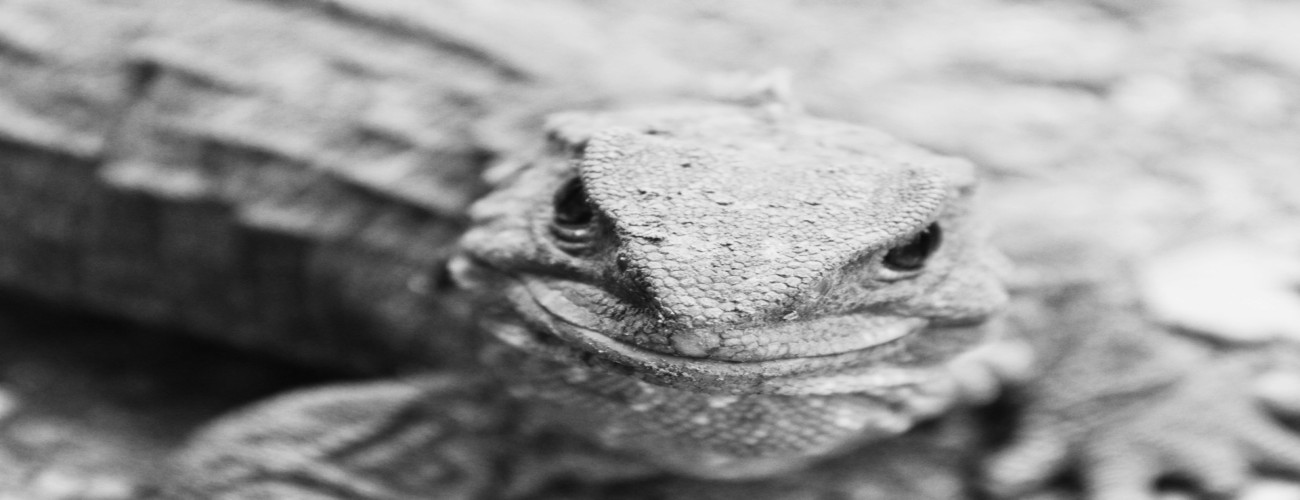Thriving in the Wild: New Zealand's Unique Wildlife and Where to See It
New Zealand's isolation has fostered the evolution of unique wildlife, much of which is found nowhere else on Earth. This guide explores the native species that inhabit these islands and the best places to observe them in the wild.
1. The North Island Brown Kiwi – Northland:
The iconic kiwi is a symbol of New Zealand, and the Northland region offers night tours to spot the North Island brown kiwi in its natural environment. These tours provide visitors with a rare glimpse into the life of this elusive bird.
2. The Yellow-Eyed Penguin – Otago Peninsula:
One of the world's rarest penguin species, the yellow-eyed penguin, can be observed on the Otago Peninsula. Guided tours respect the penguins' habitat while allowing visitors to watch these birds from a distance as they go about their daily routines.
3. The Royal Albatross – Taiaroa Head:
Taiaroa Head, on the Otago Peninsula, is the only mainland breeding colony of the royal albatross in the world. Visitors can take guided tours to learn about these majestic birds and watch them soar over the headland.
4. Hector's Dolphins – Akaroa Harbour:
The smallest and one of the rarest marine dolphins, Hector's dolphins are often seen in Akaroa Harbour. Boat tours offer the chance to see these playful dolphins up close, adhering to strict guidelines to ensure their protection.
5. Kea – Arthur’s Pass National Park:
The kea, the world's only alpine parrot, is known for its intelligence and curiosity. Visitors to Arthur’s Pass National Park may encounter these playful birds, which are often spotted in parking areas and campsites.
6. Takahe – Fiordland National Park:
Once thought to be extinct, the takahe is a conservation success story. The bird can be seen in Fiordland National Park, where ongoing conservation efforts aim to increase its population.
7. Tuatara – Invercargill and Stewart Island:
The tuatara, a reptile that pre-dates the dinosaurs, can be seen in sanctuaries in Invercargill and on Stewart Island. These "living fossils" provide a direct link to prehistoric times.
Conclusion:
New Zealand's wildlife is as diverse as its landscapes, offering unique encounters with species not found anywhere else in the world. Whether you're listening for the call of the kiwi or watching penguins return to shore at dusk, observing New Zealand's native animals in their natural habitat is an unforgettable experience that highlights the importance of conservation efforts to protect these remarkable creatures.


-min-0.jpg)

